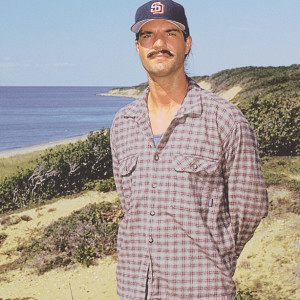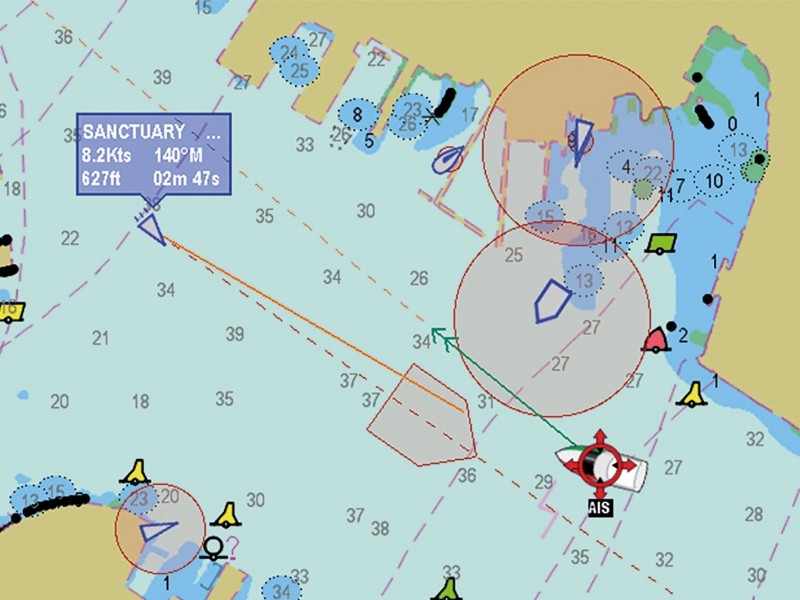Another way that communications between commercial and recreational vessels has improved dramatically is by the increasing frequency of voluntary carriage of AIS transponders (whether Class A, B or the new enhanced B+) by recreational vessels. The first part of communicating begins with the simple awareness of each other’s presence and, with the use of AIS, this is expedited and amplified.
Rather than being just a small-to-tiny bobbing, indistinct object at sea, which mariners may not be able to acquire visually or on radar, an AIS-equipped motor yacht, sport fisherman or sailboat is readily apparent to other AIS-equipped vessels. The vessel now has a name “visible” from miles away and can therefore be accurately targeted with a directed call on VHF-FM marine radio to figure out intentions and make safe passage arrangements, particularly with ships and tugs with tows. Attempting to call the random “white sailboat about five miles east of Barnegat Inlet” was almost always a fool’s errand and remains so today. AIS, when carried, has changed that equation.
Although AIS was originally mandated in the name of maritime security for commercial vessels in the wake of 9/11, it would be hard to overstate the gains in navigation safety that have arisen from its routine use. These gains are underlined by its increasing adoption by vessels otherwise exempt from carrying it.
Of course, AIS, on any vessel, comes with a downside not associated with its cost, space requirements and power demands: it easily becomes a weak or lazy watchstander’s crutch, used at the expense of keeping a proper lookout. Years ago I was jolted when I read, for the first time, the tacit admission by a deck officer posting on one of the professional mariner forums on gCaptain that “If you’re not on AIS then you’re invisible.” With rare exceptions, this should never be the case.
Furthermore, AIS is not a radar unit, let alone an ARPA, and should never be seen or used as more than a valuable assistant to those devices for the purposes of collision avoidance. A watchstander using closest point of approach information derived solely from AIS is making a big mistake.





